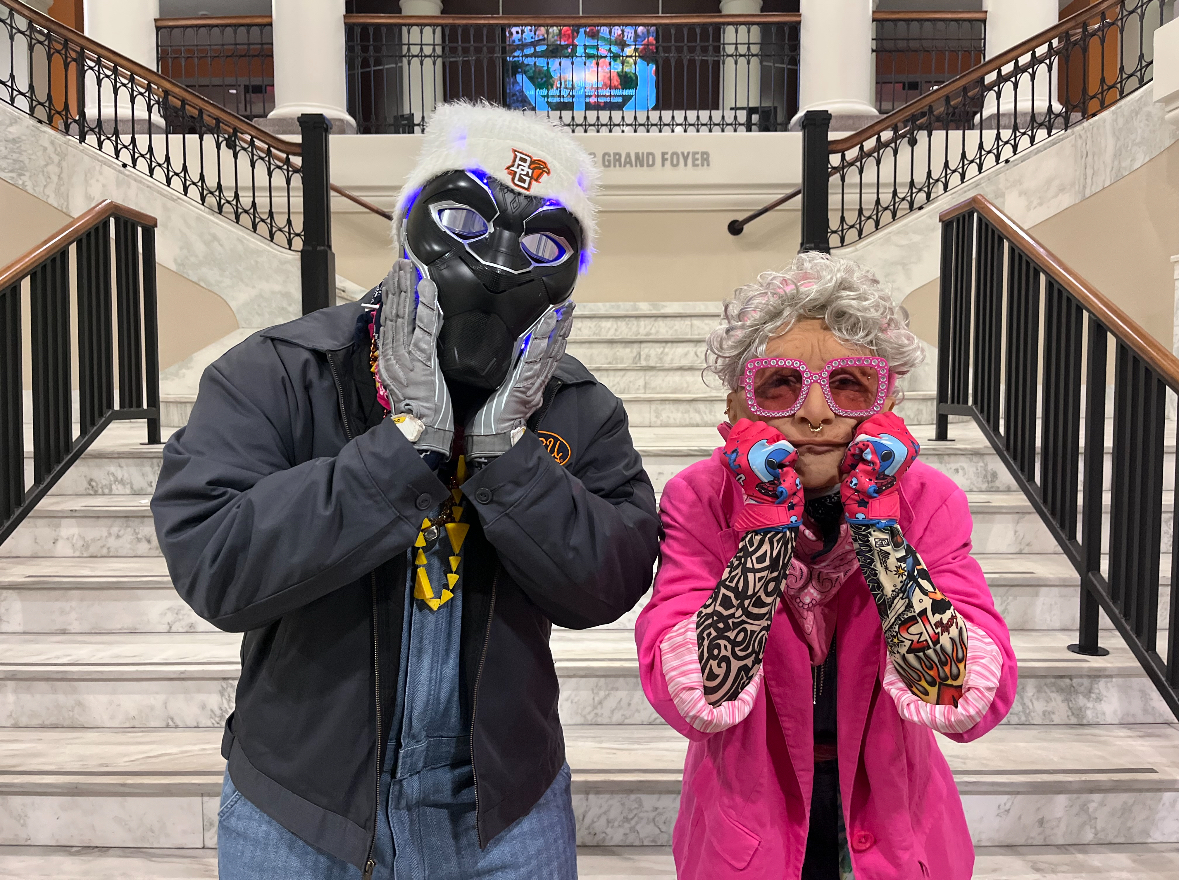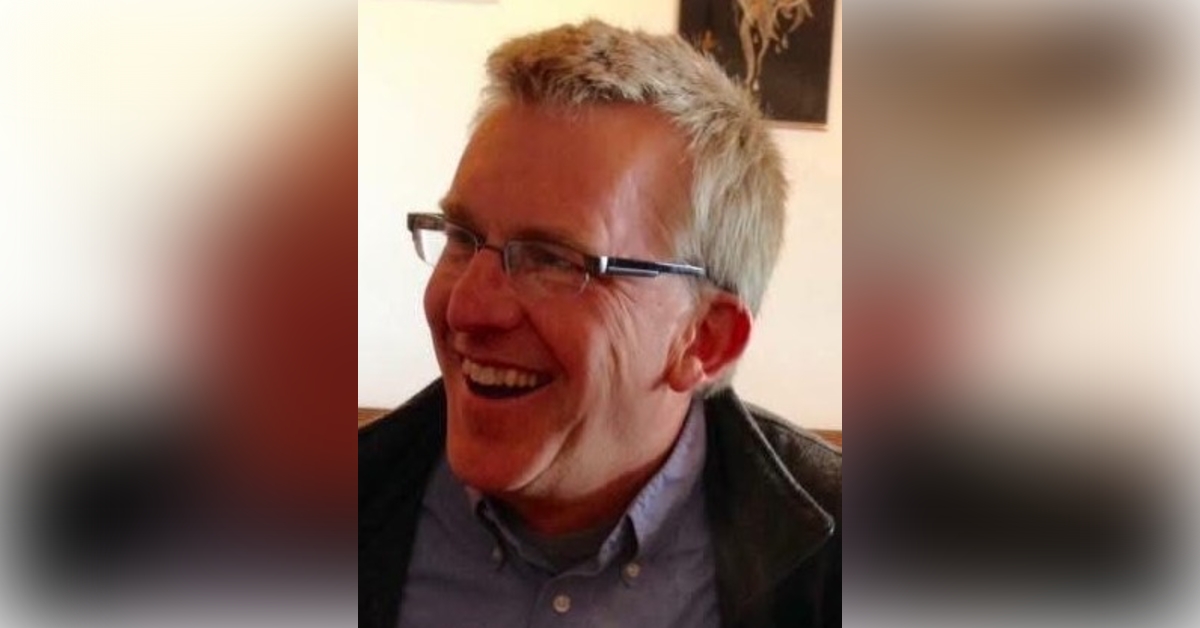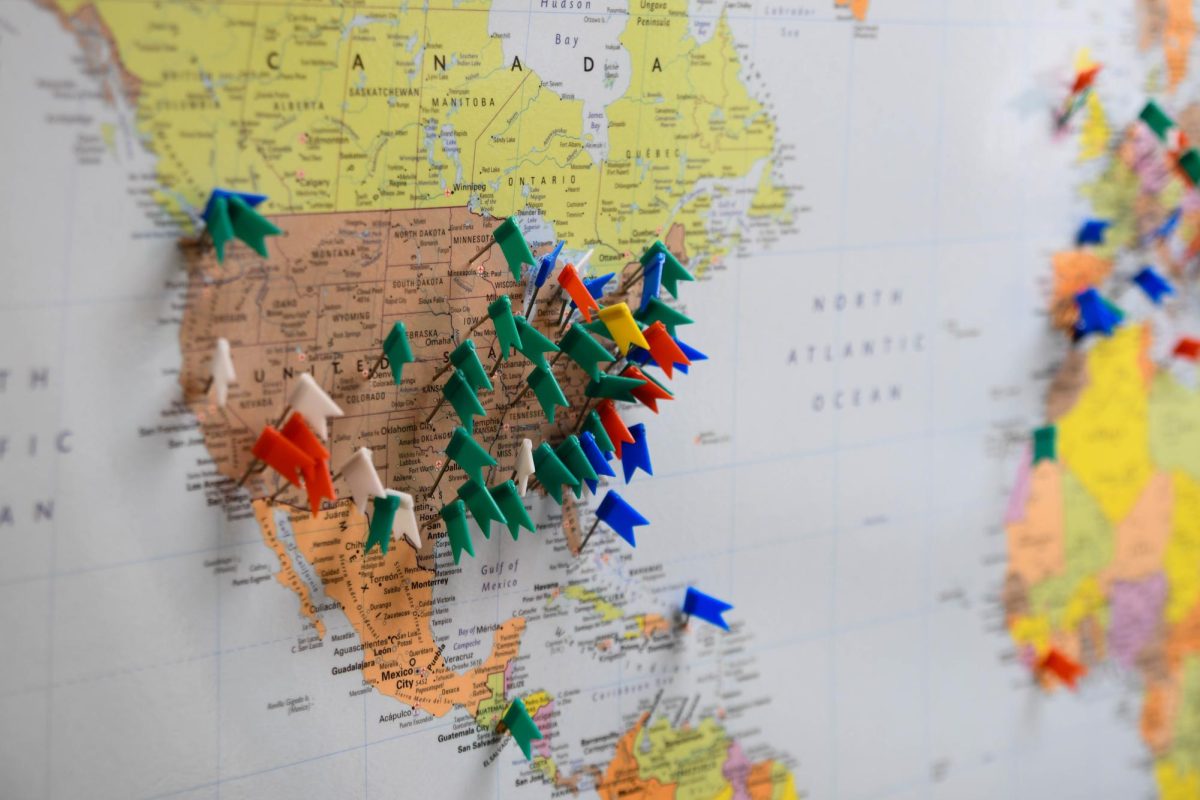The role of burial in highland Madagascar and its influence on contemporary art was the focus in a lecture by Rebecca Green, associate professor of art history.
In the lecture titled, ‘Ancestral Traditions in a Contemporary World: Art and the Creation and Performance of Identity in Highland Madagascar,’ Green talked about her experiences in Madagascar, where she has been doing research since 1989.
The significance of the burial process and the importance of remembering ancestors can be seen in the country’s art.
In Madagascar, a proper burial is needed so loved ones are not forgotten. A proper burial involves a person to be buried in a grave followed by a reburial in which the body is wrapped in a burial shroud.
‘Without a shroud one cannot take their place in an ancestral tomb,’ Green said.
Bands and dancing are present at burial ceremonies and the bodies of ancestors are wrapped up along with other family members in a tomb.
There are different stages the dead go through during their reburials. There is the transition from living to dead, from dead to a distinct ancestor after burial, to an indistinguishable ancestor after reburials.
After so many reburials, a person no longer exists as an individual but as a higher ancestor.







